|
12th - 16th February 2018, French Guiana to Tobago (550nm, 5 days)
On the 12th February we left Saint Laurent, French Guiana and motored down the Maroni River until we reached Crique Coswine, just a few miles from where the river meets the ocean. We anchored there for the night and waited for high tide early the next morning. The journey from French Guiana to Tobago was 550 miles and took us five days to sail. We had more rain and squalls than we were expecting, and it ended up being much more exhausting than our previous sails. We had five days of back-to-back squalls, particularly during the night. By day five we were pretty shattered after being wet for most of the trip. The best day was the last day as we sailed toward Scarborough, the capital city of Tobago. We had lovely hot sunshine and a steady breeze! It was Friday afternoon when we reached Scarborough, and we just about made it to the immigration and customs offices before they closed at 4pm for the weekend. After all the formalities were done, we got some delicious 'doubles' from a local food hut, had a cold beer at a nearby cafe and anchored for the night in Scarborough. The next morning, we sailed 12 miles to Store Bay and we happened to anchor just metres from our friends Audrey and Romain, a young French couple we met a few weeks before in Saint Laurent.
More time in Tobago.....
The name Tobago originates from the word 'tobacco', due to the cigar-like shape of the island. The food in Tobago was absolutely delicious! Lots of local creole and Indian food, they have different types of roti, a dish called “buss up shut” (meaning 'busted up shirt', as this is what a loosely chopped up roti looks like) and fry bakes. When you go abroad, it's common to see dogs or cats roaming the streets, but in Tobago it was chickens and many of them with their chicks following closely behind. 'Minding' animals, as the locals say, is the easiest way for people to make a living in Tobago. Chickens are good animals to keep as they always find their way home. Sheep in Trinidad and Tobago have very little hair! They could easily be mistaken for goats.
Exploring the Rainforest and Argyle Waterfall in Tobago
We went to Pigeon Beach, Argyle waterfall and the Gilpin trail, which is in the rainforest on the northeast side of the island.
Rainy Days in Tobago
It rained for almost a week when we were anchored in Store Bay, southwest of the island. There was a large swell that kept rolling in, over and over again. This was excellent for surfing! We could see surfers catching clean waves, less than a mile away from us, on the next beach. There were too many rocks to surf in Store Bay. Where we were, there were waves crashing over the breakwater in front of the hotel and we couldn't row to shore without our dinghy rolling over in the waves. When there were breaks from the swell, we tried a few times to see if we could row in, but for most of the week, we stayed in and waited it out. During that time we baked a lot of bread and pizzas, we read, watched Netflix and made a list of jobs to do for when we were ready to haul out in Chaguaramas, Trinidad. Chaguaramas is the yachtsman's paradise of the Caribbean for doing yearly maintenance checks and making any changes for future passages. Sleeping at night was quite difficult with the constant rolling, waking up every 2-3 hours in the night, sometimes taking a look outside to make sure that we hadn't dragged our anchor. Our bodies always seemed to be somewhat alert. Rain was definitely refreshing when we were sitting in the hot sunshine day after day, but we were really glad when the rain and swell ceased. There are two seasons in Trinidad and Tobago, dry season and wet season. February is meant to be in the dry season, but as with most places now, the seasons are less predictable. Chaguaramas, Trinidad. 6th March 2018 We left Store Bay at midnight on the 6th March, so that we would have plenty of time to reach immigration and customs the next day in Trinidad. We planned this 60nm passage to take around 12-14 hours. Around 0200 it started raining, which we were expecting. An electrical storm was predicted around 200 miles northwest of us. However, we soon started to hear thunder and see lightning on the southern horizon! It got louder and louder and closer and closer to us. I was down below at the time, and Mattis had come down to let me know what was happening. The lightning was getting so close to us that it was nearly on top of us. This was our first experience of sailing in thunder and lightning. We got all of the portable electronics we could get think of and put them in the oven. This was to act as a Faraday cage, to protect our electronics. Mattis had gone up on deck and grabbed as much anchor chain as he could, coiled it around the base of the mast and draped the rest of the chain over the side into the ocean. In the event that we were to be struck by lightning, the charge would hopefully travel down the mast, through the anchor chain and dissipate into the water. We then hove to and waited for an hour so we wouldn't be exposed in the cockpit. About 0500, it was all clear and we started sailing again towards Trinidad. The next day was clear and bright. We had a glorious sail through the first 'boca', the channel between the northwest corner of Trinidad and the small island of Monos. Sailing in the acceleration zone between the islands with flat waters was so much fun. With the wind blowing hard in our sails, we happily tacked the last few miles into Chaguaramas. Once we arrived in Chaguaramas, we tied on to one of the mooring buoys for the night. The next morning we hauled out and our boat was placed on the hard. There wasn't too much fouling on the hull, which was a nice surprise considering that we'd been in warm waters over the past few months. It was a little strange seeing our boat back out of the water again, but we were excited to be working on Jingo and making modifications. We slept in for the first few days as we felt a little wiped out from rolling around in the anchorage and sailing through the thunder and lightning. In Tobago and French Guiana, we found it hard to sleep in the 25 degree heat at night and 80% humidity with no fans or cooling system onboard. This was something we were definitely going to change. It was never something we'd considered when we had our boat in Plymouth.
Working on Jingo in Trinidad
We emptied the boat and got rid of everything that we didn't need or weren't using. Jingo was particularly low in the water when we sailed across the Atlantic, with all of the fuel, water, food as well as our possessions, spares, tools... So in Trinidad we took the time to lighten the boat as much as possible. Other changes included moving two winches from the coachroof to the mast, so that we can hoist and reef the mainsail at the mast, instead of going back and forth from the cockpit. This way either of us can raise and reef the mainsail on our own.
Chaguaramas has a laid back atmosphere, people aren't stressed and it has been very welcoming. We enjoyed our seven week stay, it almost felt a little bit like we lived there, as we worked and lived at the boatyard. There were also other things to do in and around Chaguaramas. Port of Spain, the capital of Trinidad, is a short taxi trip down the coast. Most people take 'maxi taxis', mini vans that pick up people anywhere along the road. Another way of getting around is what is known as 'pulling bull', simply hailing down a car, or most of the time when cars see people walking along the road, they will beep at you and see if you want a lift anywhere for a small fee. Everybody seems to do it, as it is the quickest and cheapest mode of transport.
Jobs we did in March 2018
Jobs on the Mast
Jobs we did in April 2018
We didn't quite manage the following:
The Hull
The Cockpit Console
Varnished the Tiller, Hatchboards and Installed a New Depth Sounder
Below is a video of our Atlantic crossing and beyond back in January. And the other is the 7 weeks of work we did on Jingo in Chaguaramas, Trinidad...
2 Comments
|
Archives
November 2021
|
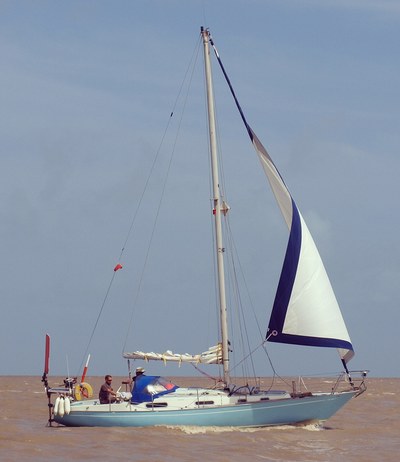
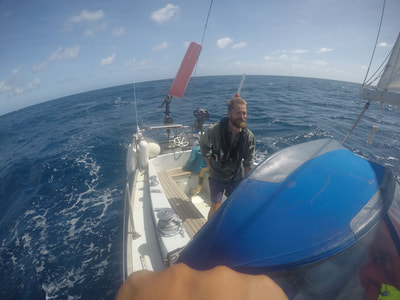



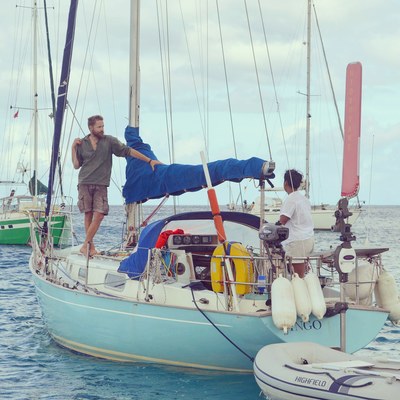

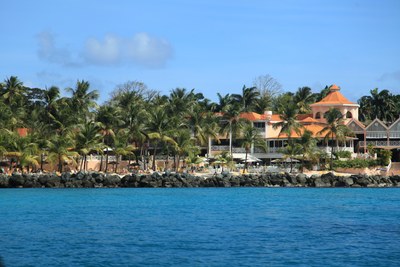


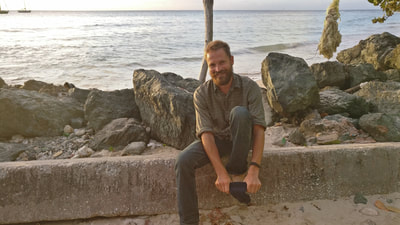

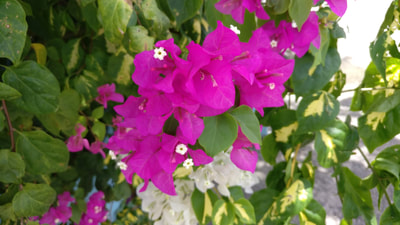


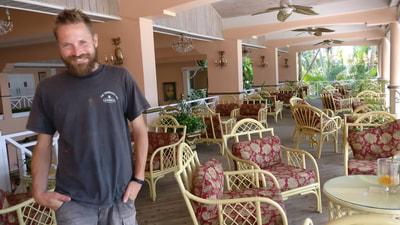
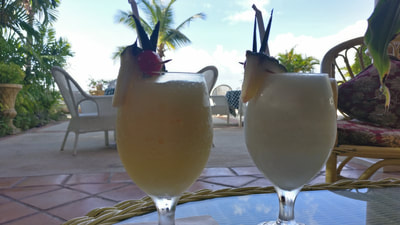
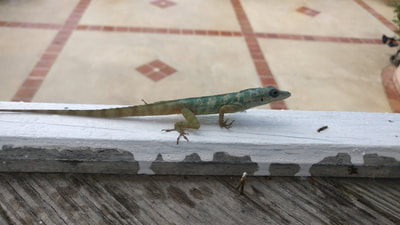
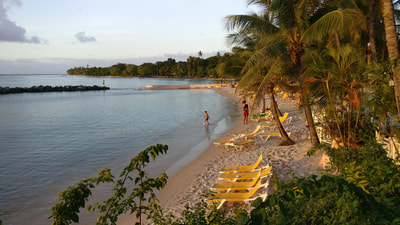

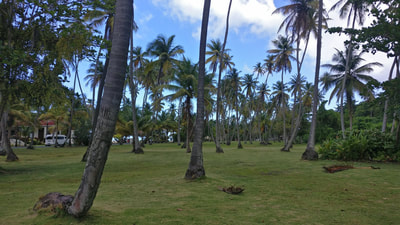





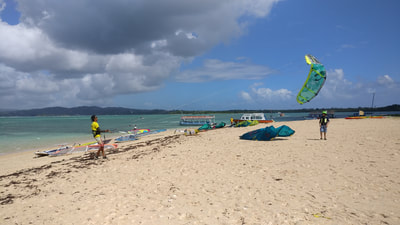

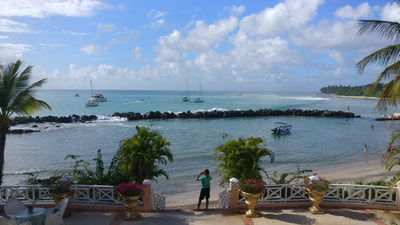

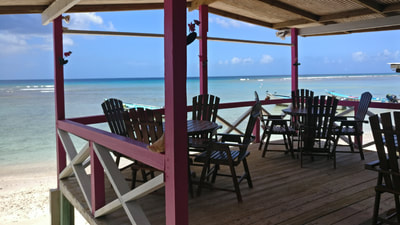

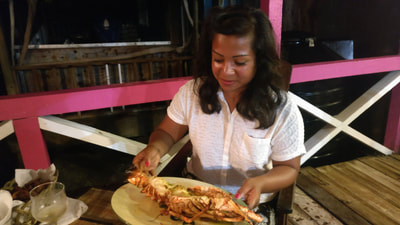

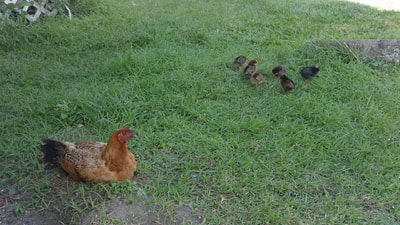


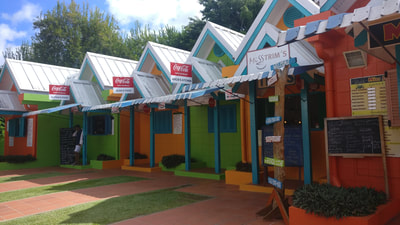


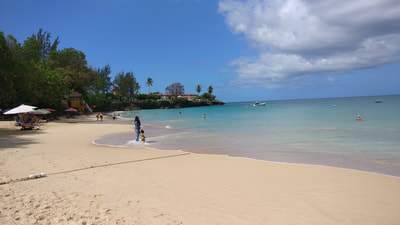







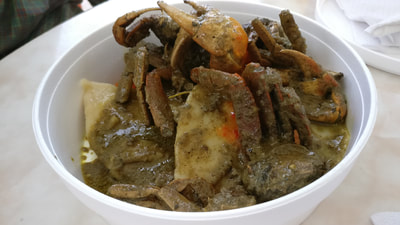

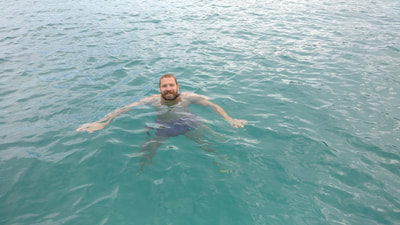





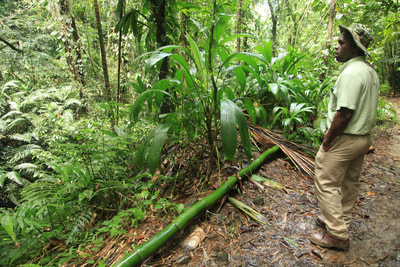




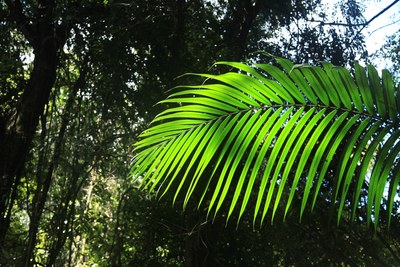


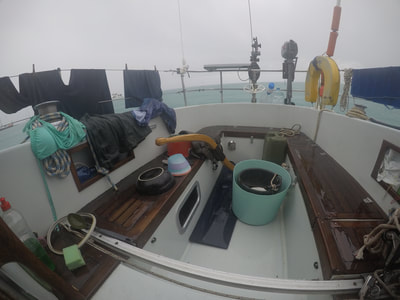



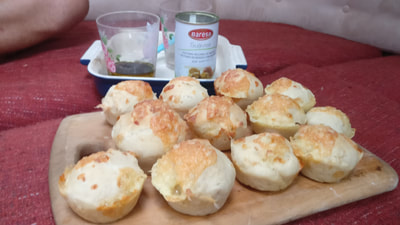
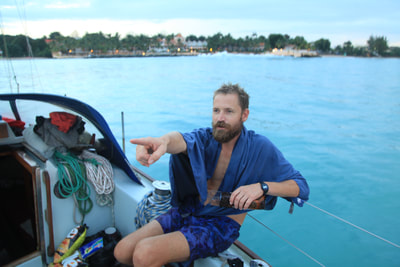

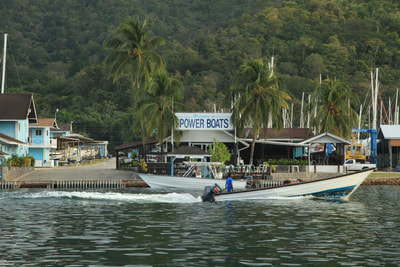
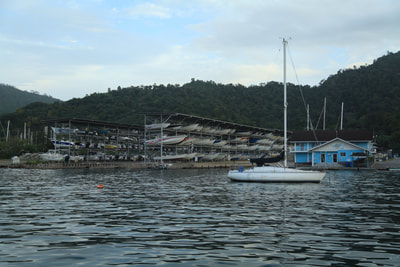






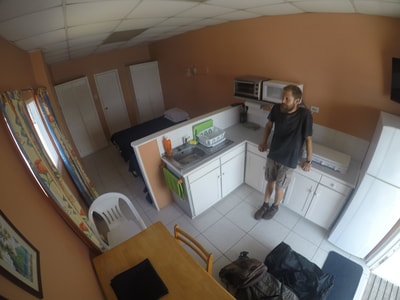

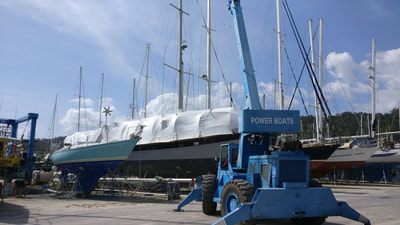
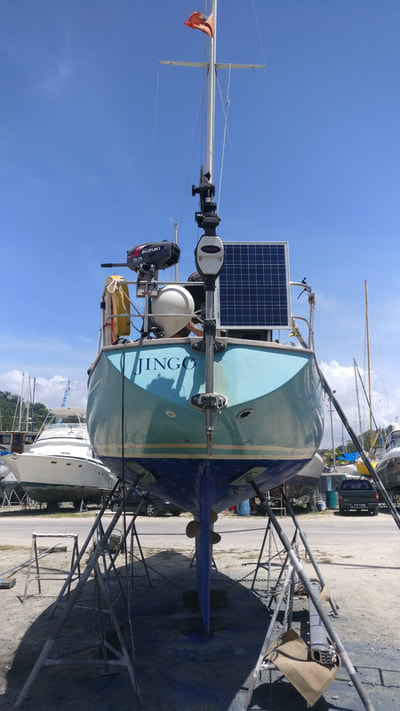


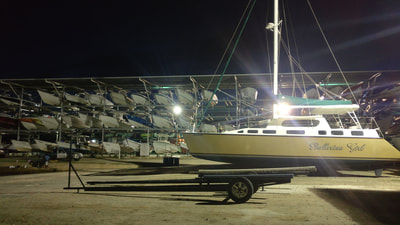
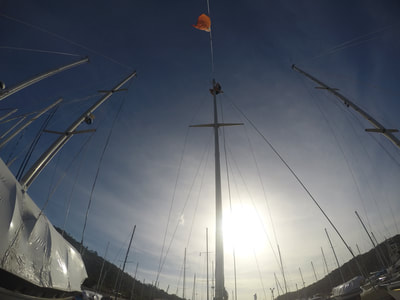
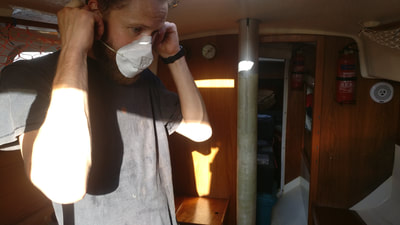
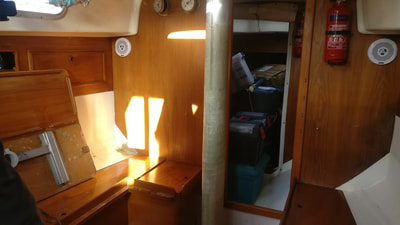




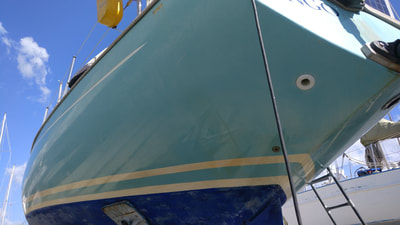
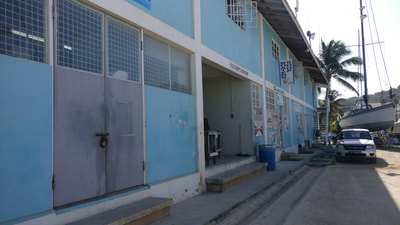

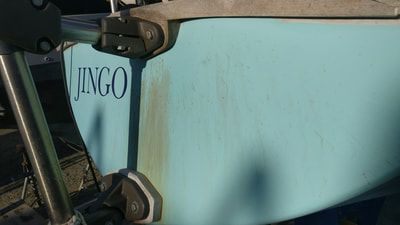
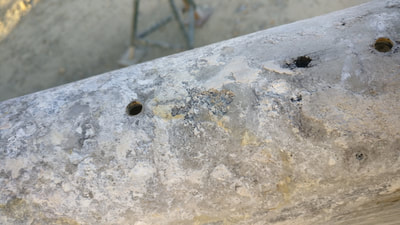





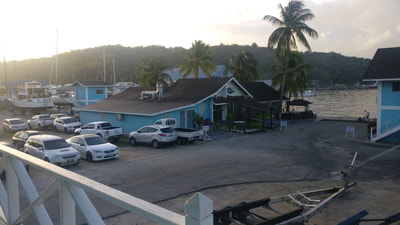


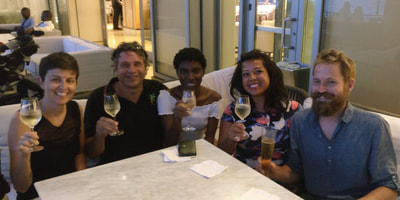
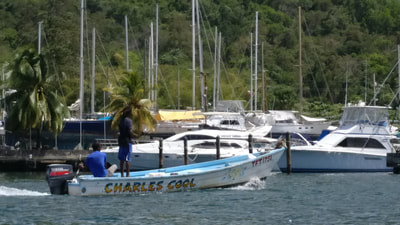
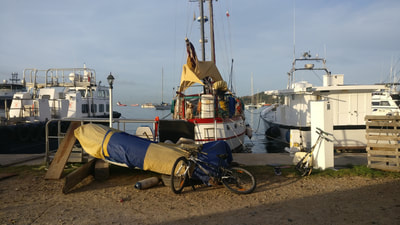
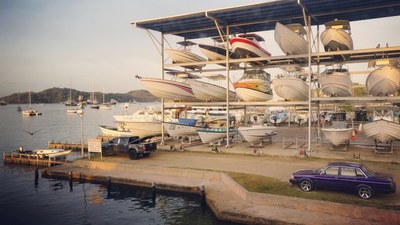
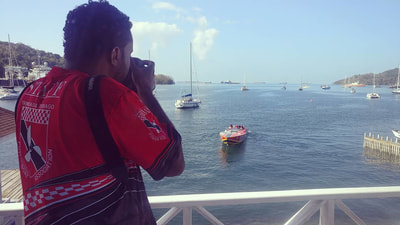

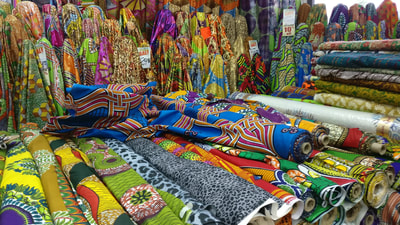
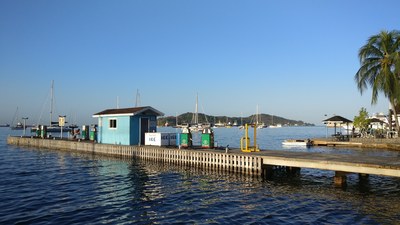
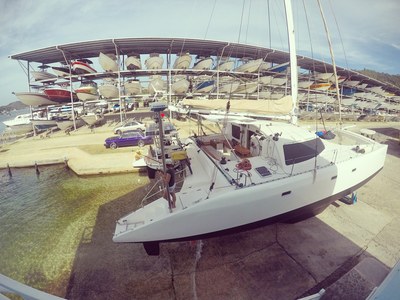


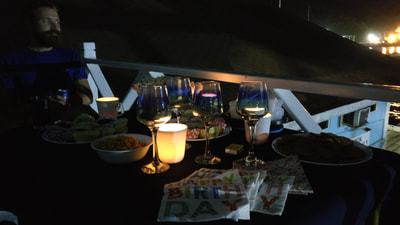

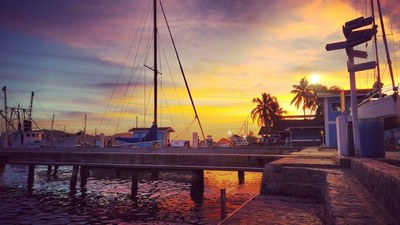
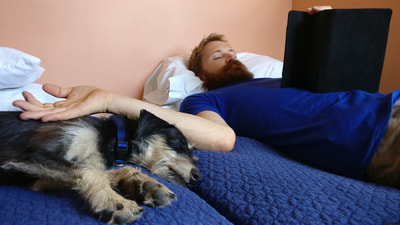

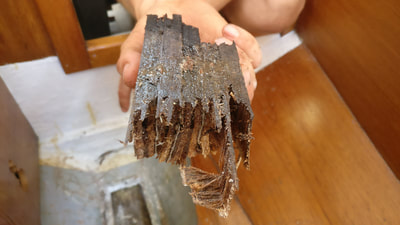

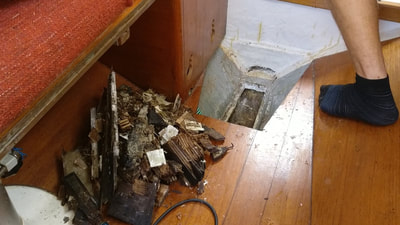

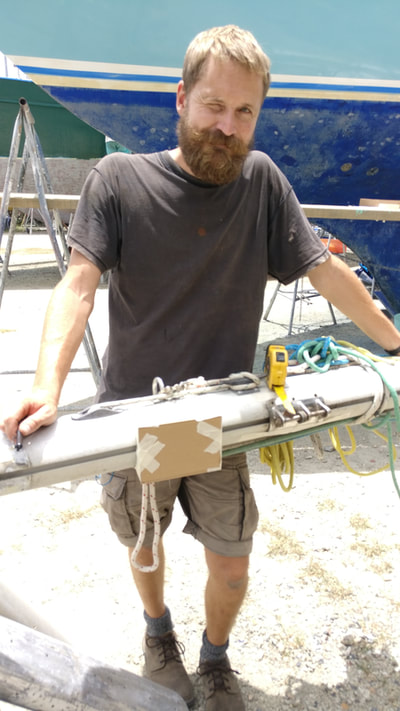
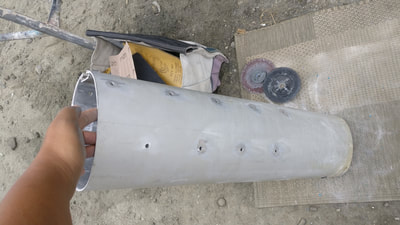

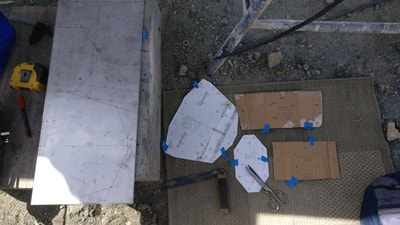



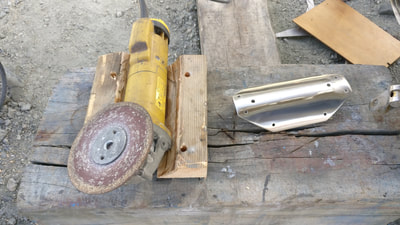



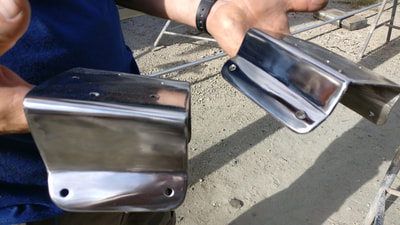
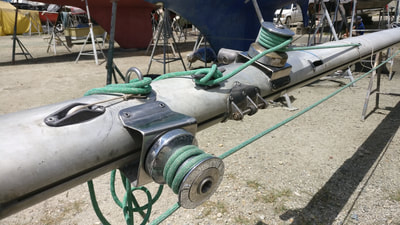
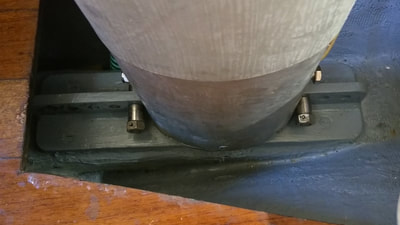
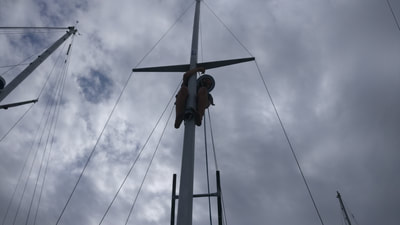


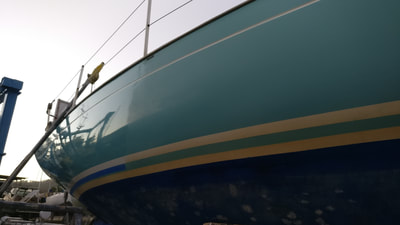
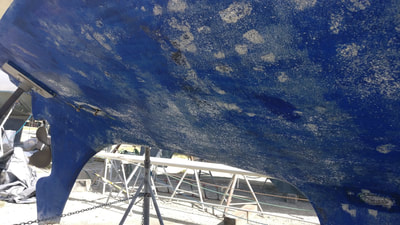
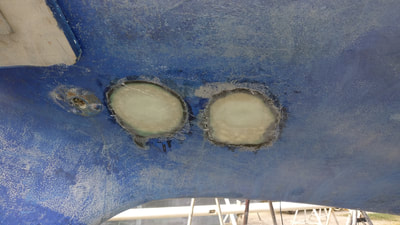
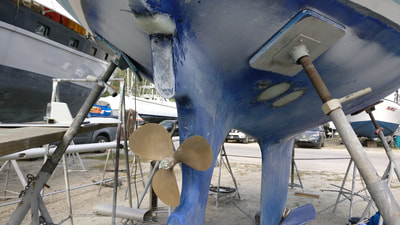
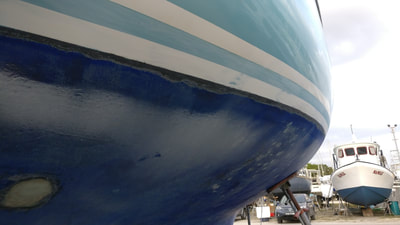

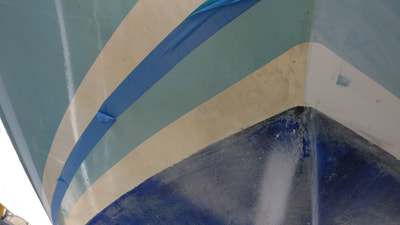
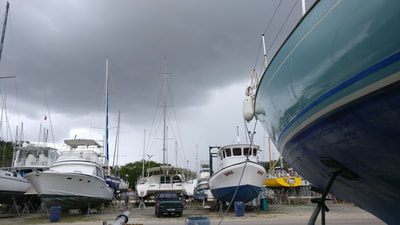
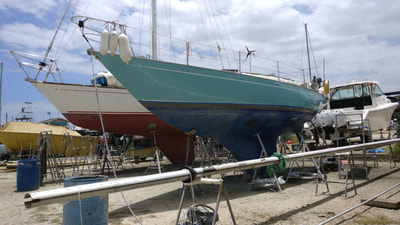
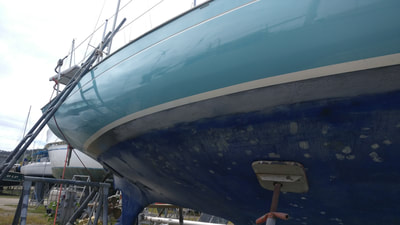

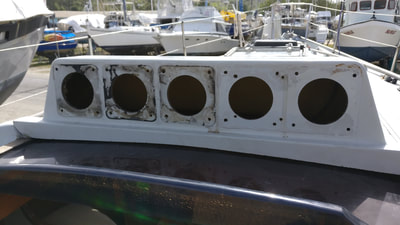
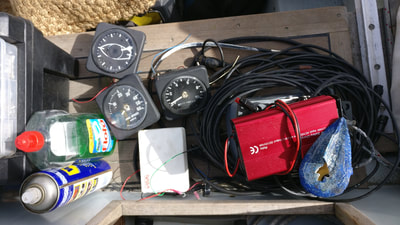



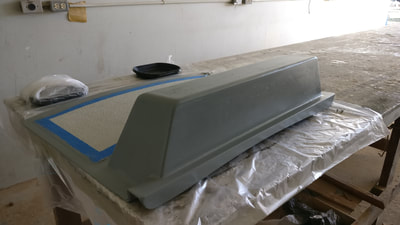

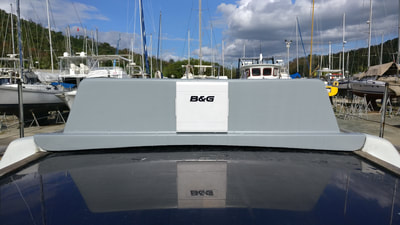

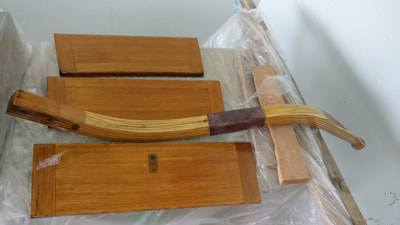



 RSS Feed
RSS Feed